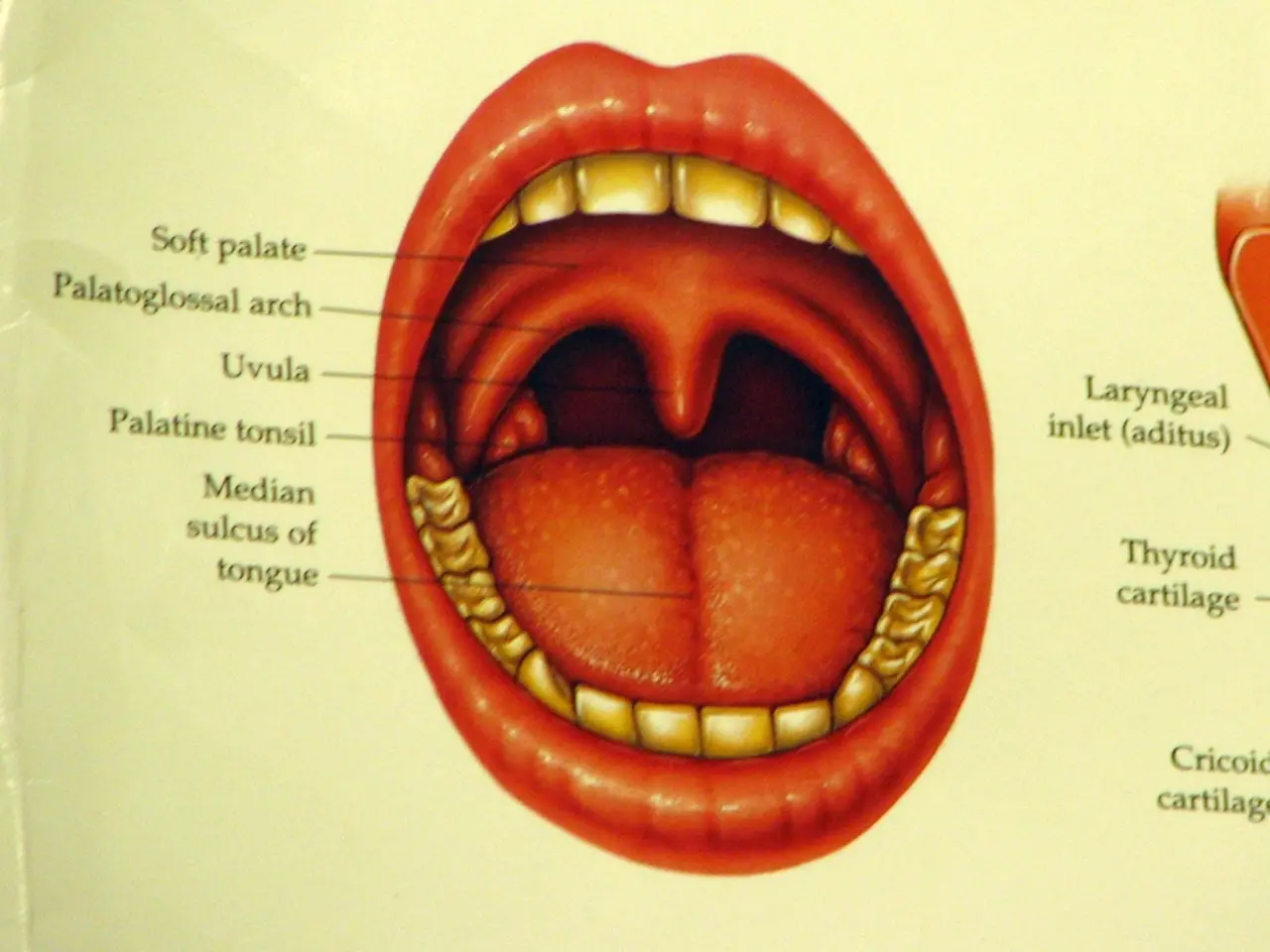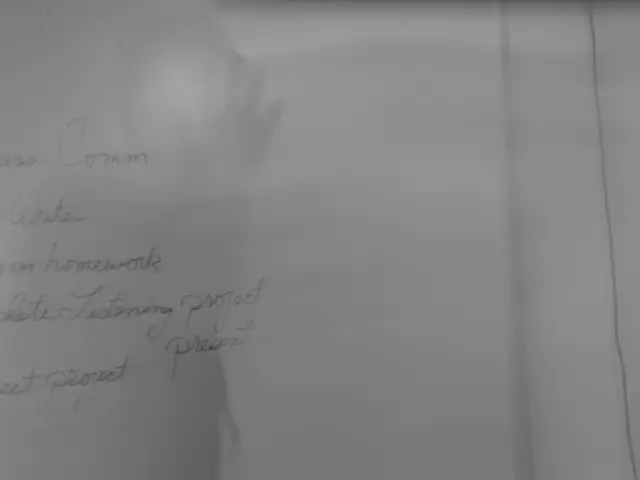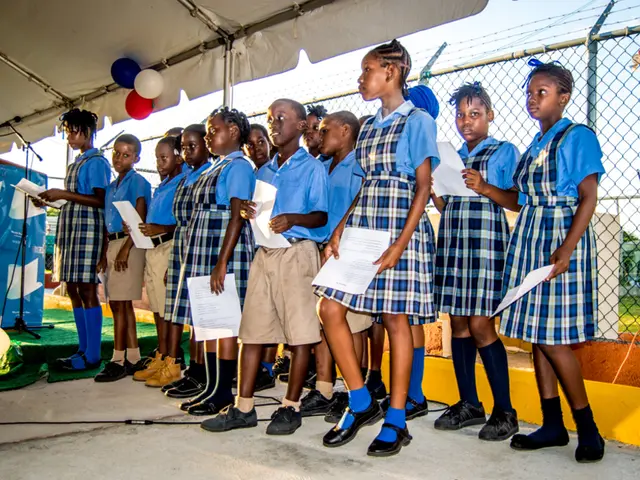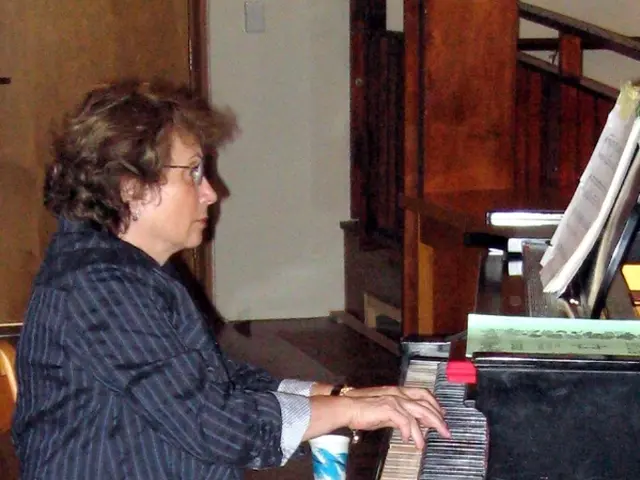Brain Health Assessment via Reaction Time • Insights from Our Research
In the ongoing quest to understand and improve brain health, scientists have been delving into various factors that influence visual reaction time, a key measure of cognitive function. A recent study, supported by numerous organisations and institutions, has shed light on these factors, providing valuable insights into the complex interplay between neural, physiological, environmental, and lifestyle elements.
### Cognitive and Psychological Factors
Attention and focus play a significant role in visual reaction time. Concentrated attention improves reaction times, while divided attention or high cognitive load can slow them down. Stress and anxiety, due to their impact on cognitive processing, can also delay responses [1][2]. As for age, reaction times generally improve from childhood into adolescence, stabilise through adulthood, and then decline in older adulthood due to age-related cognitive and motor slowing [1][2].
### Environmental Influences
Environmental distractions and poor lighting reduce perceptual clarity and divert attention, leading to slower visual reaction times. Extreme or uncomfortable conditions negatively affect physiological and psychological states, thus impairing reaction speed [1].
### Physiological Factors
The efficiency of visual receptors and the complexity of visual stimuli affect how quickly the brain detects visual inputs and initiates a response. The neural integration of sensory inputs for motor action involves brain structures such as the superior colliculus [4]. A higher proportion of fast-twitch muscle fibers supports quicker motor responses, influencing the overall reaction time, while slow-twitch fibers favor endurance but slower responses [4].
### Health and Lifestyle Factors
Age, blood pressure, and BMI are major predictors of cognitive performance, including reaction speed. Elevated blood pressure and higher BMI tend to correlate with slower reaction times [2]. Regular exercise and a healthy diet modestly improve reaction time by supporting brain function and offsetting negative effects of high BMI or poor cardiovascular health [2].
### Summary Table of Influencing Factors on Visual Reaction Time
| Domain | Key Factors | Impact on Reaction Time | |----------------------|-------------------------------------|------------------------------------------| | Cognitive/Psychological | Attention, cognitive load, stress | Slower when divided attention or stressed| | Age | Developmental and aging changes | Improves until adulthood, slows in elderly| | Environmental | Noise, distractions, lighting, comfort | Distractions and poor conditions slow RT | | Physiological | Muscle fiber type, sensory receptor sensitivity | Faster with more fast-twitch fibers and better sensory input | | Health & Lifestyle | Age, blood pressure, BMI, exercise, diet | Older age, high BP/BMI slow RT; exercise/diet improve RT |
Visual reaction time reflects complex interactions among neural, muscular, cognitive, environmental, and lifestyle factors, making it a valuable but multifaceted indicator of brain health [1][2][4].
The study, conducted on a large and diverse group of participants, found that men, on average, have faster visual reaction times than women, with a difference of 34 milliseconds. Interestingly, the study also revealed that shorter visual reaction times and correct word pair association went hand in hand. Each additional word pair correct was associated with shorter visual reaction times. The platform also assessed participants through a word pair memory test.
An intriguing finding was that younger left-handed people had a shorter reaction time than right-handed ones, but the difference fades between 40 and 60 years of age. The study's primary focus, however, is on using visual reaction time data to bring us closer to a cure for Alzheimer's and other dementias. By understanding the factors that influence reaction time, researchers hope to identify early signs of cognitive decline and develop interventions to slow or reverse its progression.
- Neurogenomics and science have been instrumental in exploring the factors that influence cognitive healthspan, particularly visual reaction time.
- As part of this comprehensive research, attention and focus have emerged as significant players in reaction time, with concentrated attention improving it, while divided attention can slow it down.
- Stress and anxiety, part of mental health, impact cognitive processing and can therefore delay responses, worsening cognitive healthspan.
- The role of age in cognitive healthspan can't be overlooked; while reaction times generally improve until adulthood, they start to decline in older adulthood due to age-related cognitive and motor slowing.
- In the realm of education and self-development, understanding the impact of these factors on cognitive healthspan could pave the way for personal growth, career development, and improved quality of life.
- Smartphones and other gadgets, as part of technology and fitness and exercise, could potentially be harnessed to monitor and enhance cognitive healthspan by incorporating visual reaction time tests and promoting health-and-wellness practices.
- With these insights, we can strive to address chronic diseases, including medical-conditions related to cognitive decline, by identifying early signs of cognitive decline and developing interventions to slow or reverse its progression, ultimately improving the healthspan of our aging population.




